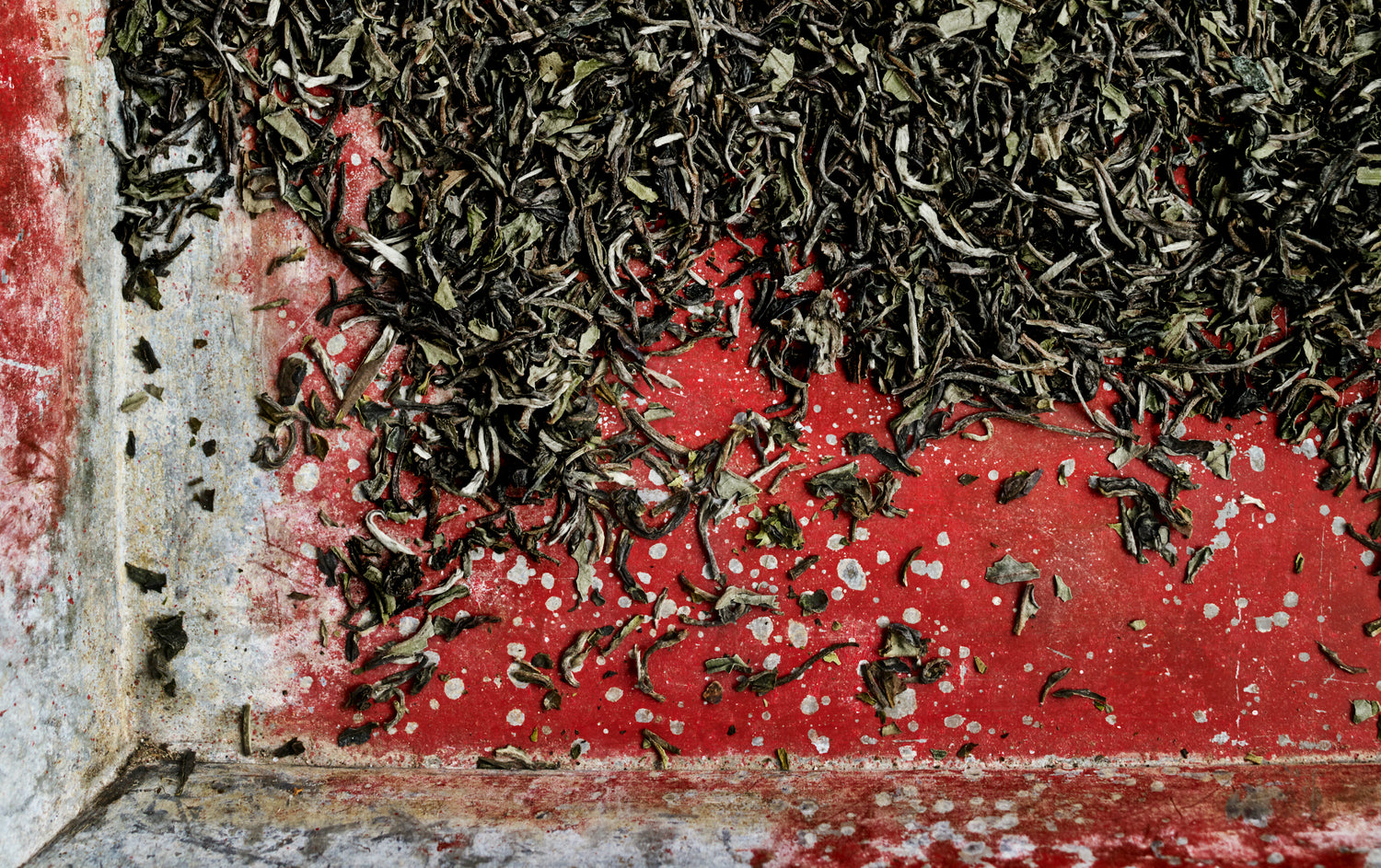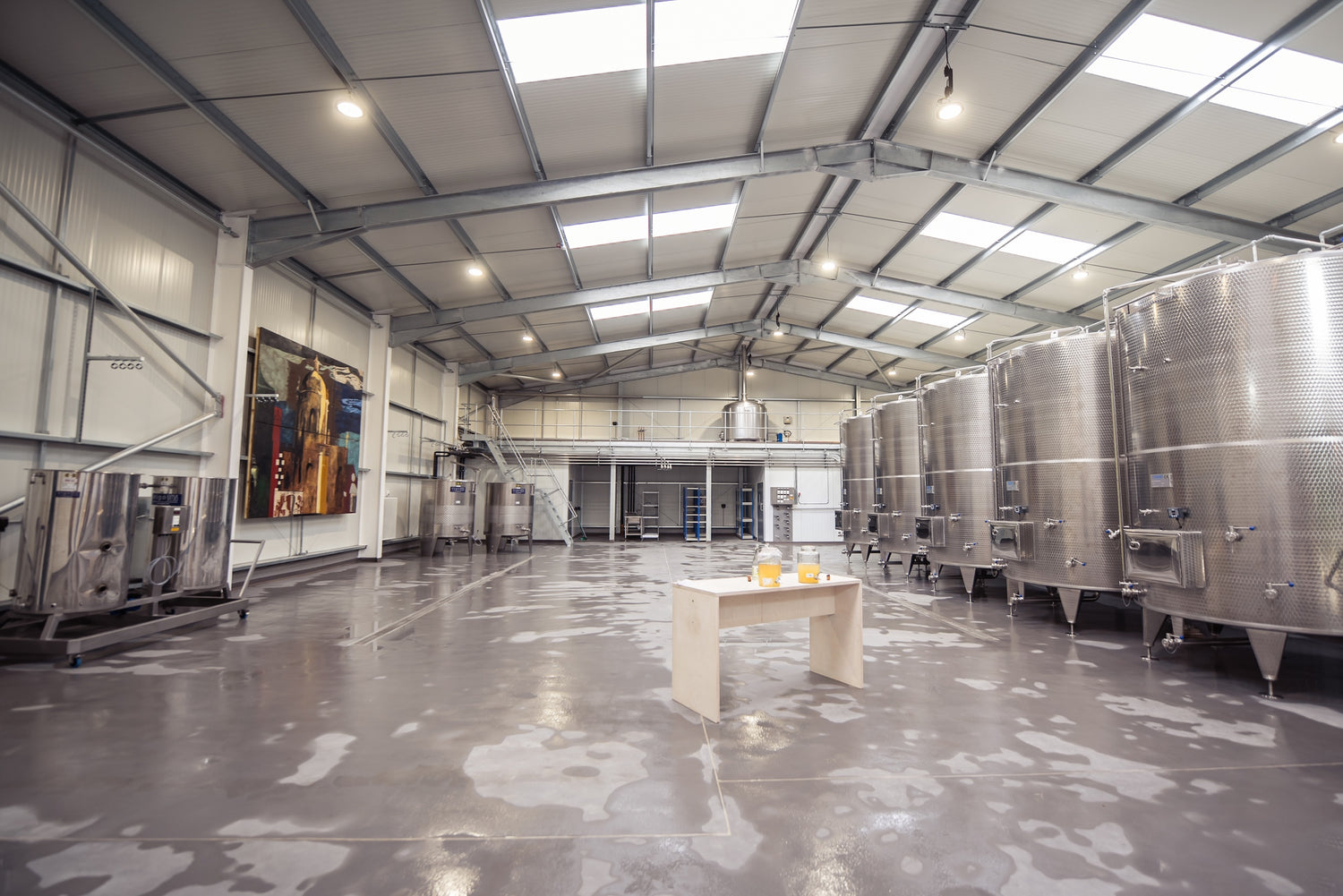Our Teas
We select only the world’s finest loose-leaf teas
We select only the world’s finest loose-leaf teas

All tea comes from the same plant: Camellia Sinensis. But as with grapes, not all teas are equal. The quality of the tea depends upon the soil, the situation and the local climate. Some might call this the terroir.
We experimented with over 150 different teas before we landed on the two very special ones that we use to create our Sparkling Teas today. Read on to find out more about the first flush Darjeeling that develops into our Royal Flush, the pan-fired Dragonwell green tea that becomes our Dry Dragon and the White Peony tea that makes our Peony Blush.
Find out more about how we make our Naturally Fermented Sparkling Teas.
Read More